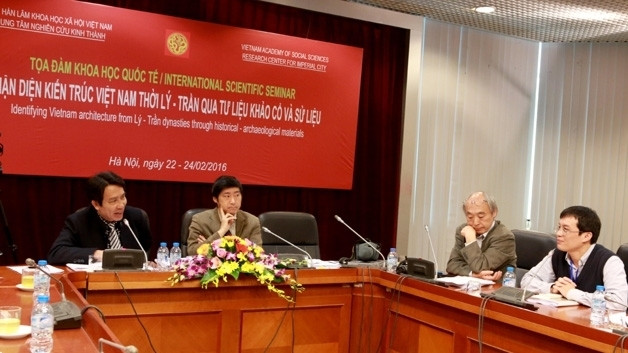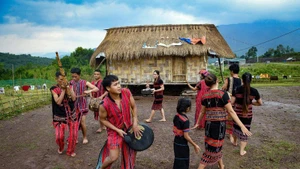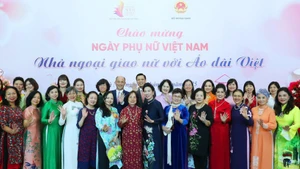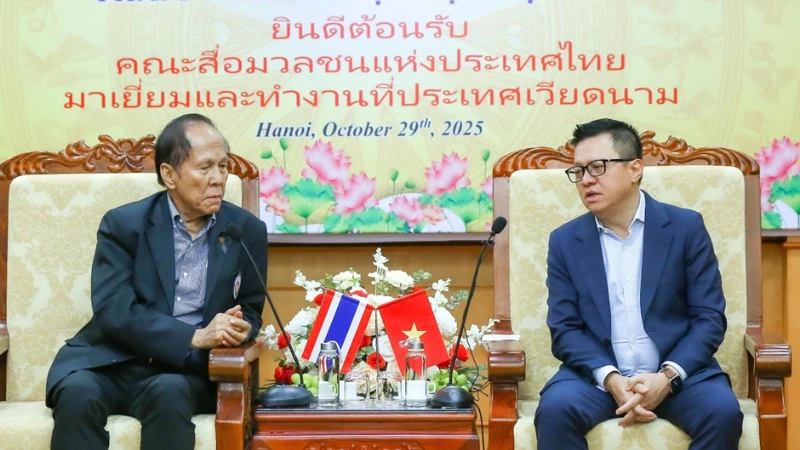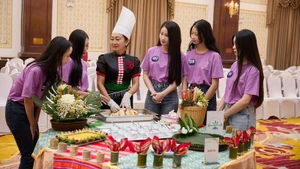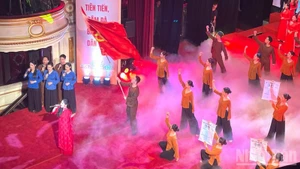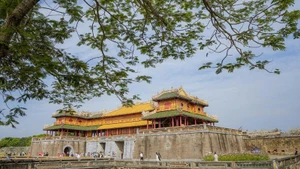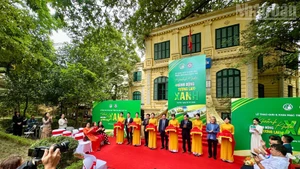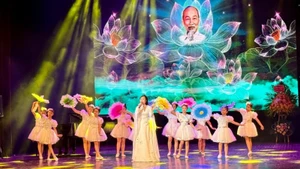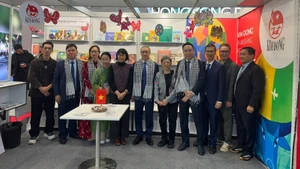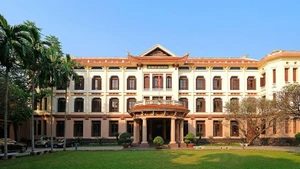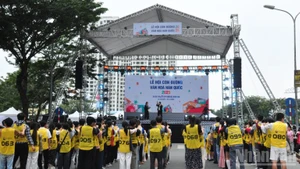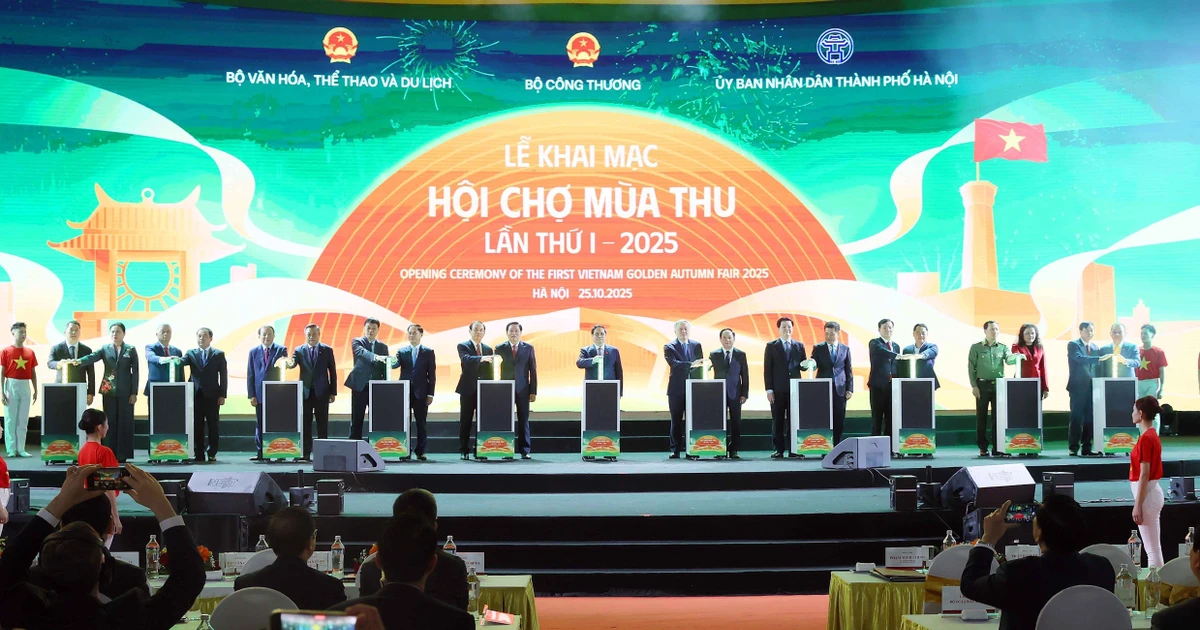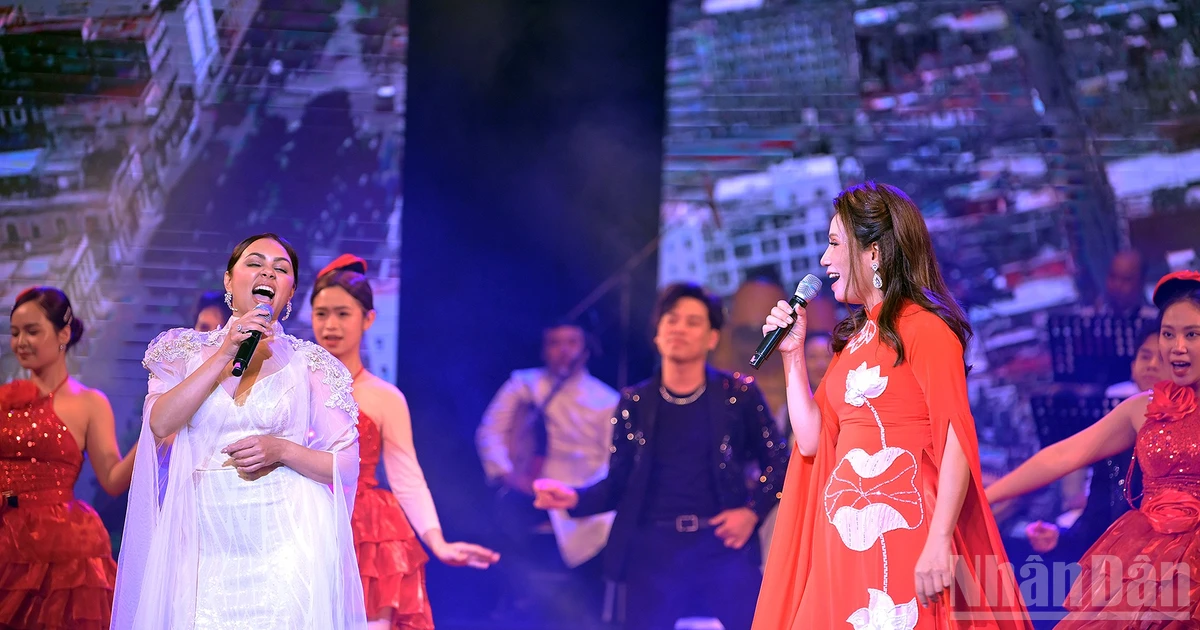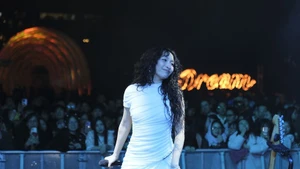Bui Minh Tri, Director of the Centre for Thang Long Royal Citadel Research under the Vietnam Academy of Social Sciences (VASS), explained that archaeologists found only the palaces’ foundations and construction materials, but nothing remained of the design of wooden frames of their roofs and bodies during excavations in the Thang Long Royal Citadel.
Given this, the research on architectural models, including on objects engraved or painted with architectural works, is an important step in order to clarify the wooden architecture used under the two dynasties, he said.
According to Nguyen Quang Thuan, VASS Deputy Director, apart from traces of the works’ foundations, since 2002, the archaeologists have unearthed various objects and materials decorated with patterns of dragons and phoenixes, which reflect the typical architectural features of the palaces under the Ly and Tran Dynasties.
As the two dynasties professed Buddhism, along with the palaces, Ly Kings built a multitude of religious establishments right in the royal citadel such as Ngu Hung Thien, Van Tue, Chan Giao and Dien Huu Pagodas.
Many others were built outside the citadel such as Phat Tich and Dam Pagodas in Bac Ninh province, Ngo Xa Pagoda in Nam Dinh province, Long Doi Pagoda in Ha Nam province and Tuong Long Tower in Hai Phong city.
Tran Kings also constructed numerous Buddhist worshipping sites, including Pho Minh and Binh Son Towers.
As such, the conference heard, archaeologists discovered many large-scale Buddhist architectural works similar to the Thang Long Royal Citadel in the northwestern region.
